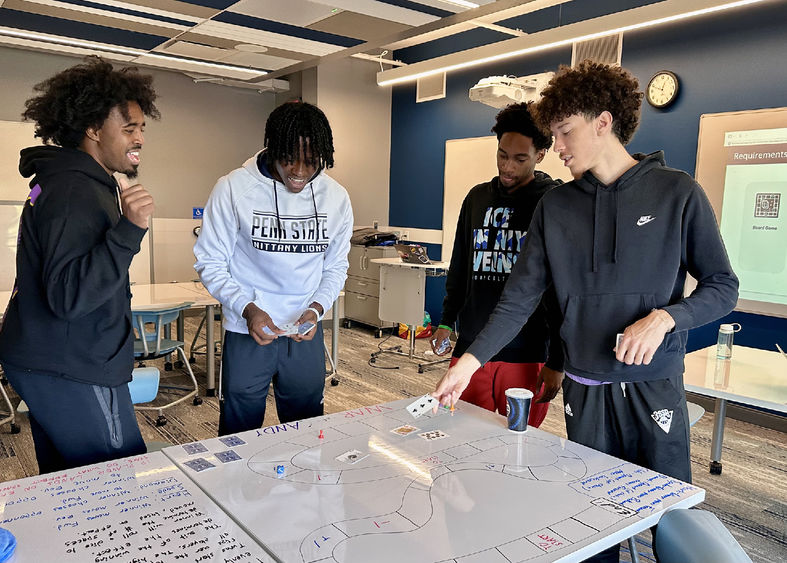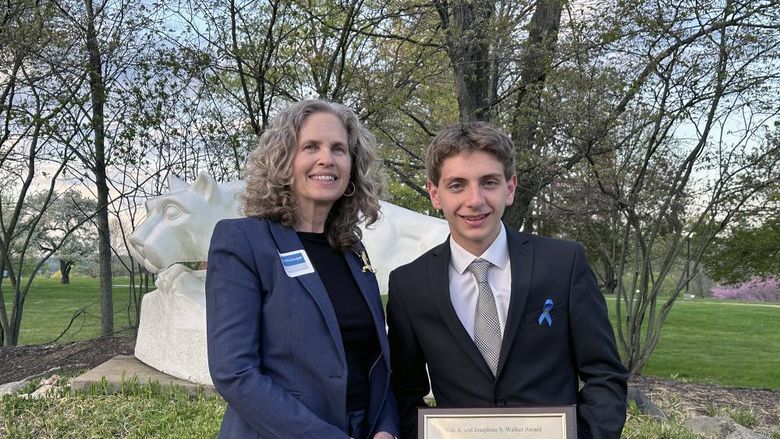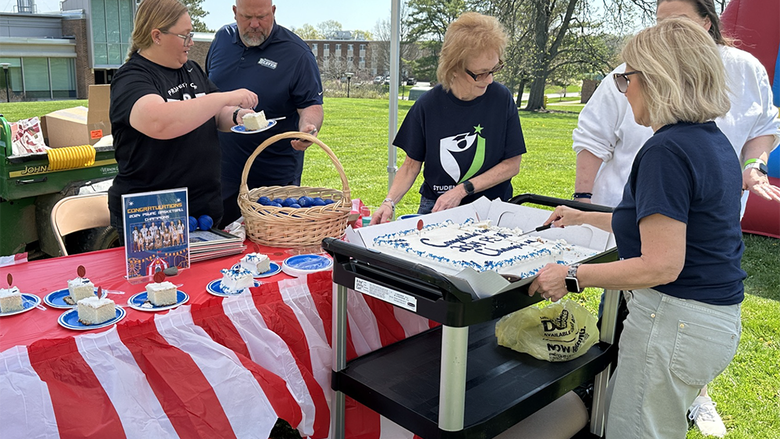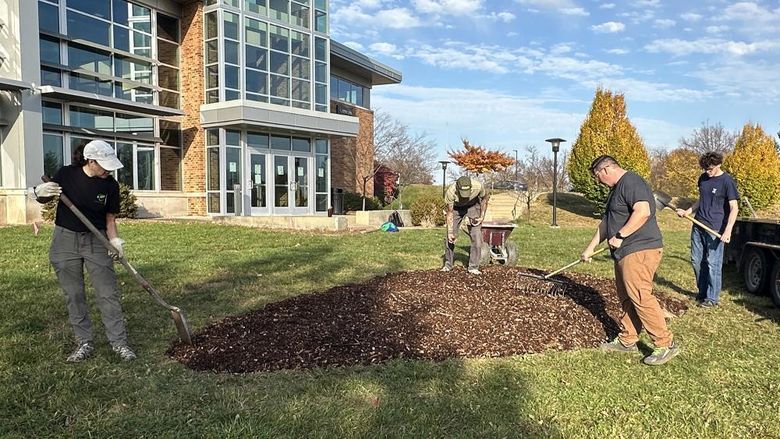
Students in Ashu Kumar's information systems class test a game they created for an interactive project that incorporates the use of Generative Artificial Intelligence. From left are Jalen Vaughn, Jabari Gayle, Jiyhad Bobbitt and Jermaine Knaff.
MONACA — Students in Ashu Kumar’s information technology and information systems classes are learning how to use generative artificial intelligence through a unique approach to teaching.
This semester Kumar, assistant teaching professor of information technology at Penn State Beaver, revamped two of his courses — "Information, Technology and People" and "Introduction to Information Systems" — with the intent to engage his students through fun and interactive assignments as they learn about generative AI.
Generative AI is artificial intelligence that can produce text, images, audio and video based on prompts or requests from the user.
Kumar said his courses now include current topics such as how artificial intelligence is reshaping decision-making and productivity.
"These engaging assignments foster a dynamic learning environment where students can explore technology's impact on society while gaining practical skills in AI, design and digital fabrication,” Kumar said. “Whether they're redesigning a childhood game or creating custom graphics, I want them to realize how accessible and fun technology can be. By engaging with these hands-on projects, students gain confidence in using AI and other tools to enhance their productivity, while exploring the impact of technology on society.
One project Kumar created is called “Board Game Design Sprint,” which encourages students to combine elements of games from their childhood with strategic elements from other games. Students work through a process of idea development, creation and playtesting to validate their idea. But in this assignment students can use AI tools like ChatGPT to look for inspiration and guide their design process.
Kumar said the assignment is designed to encourage creativity and teamwork.
Kumar also integrated AI into another hands-on assignment where students created custom drink koozies, which wrap around a can or bottle. Using Adobe Generative AI's text-to-image features, students designed personal lion characters and learned about dye sublimation printing and heat pressing to transfer their artwork onto their koozies.
“Learning about generative AI in Professor Kumar's class has been a game-changer for me. While I had some basic familiarity with AI at the start of the semester, I didn't know how to properly use it to its full potential,” said student Charlotte Beall. “Now, however, after several weeks of learning about AI and how to work with it, I've gained the skills to create prompts, analyze AI-generated content, and use AI tools to add to both my productivity and creativity. I can confidently now use AI responsibly and ethically to my advantage.”
Both the projects were designed and delivered in partnership with the team from the university’s Media Commons and the Penn State Beaver Library. Media Commons is a university-wide initiative to enrich the teaching and learning experience through multimedia technology, classroom training and direct support for students, faculty and staff. Media Commons is provided by Teaching and Learning with Technology, a department of Penn State University Libraries.





